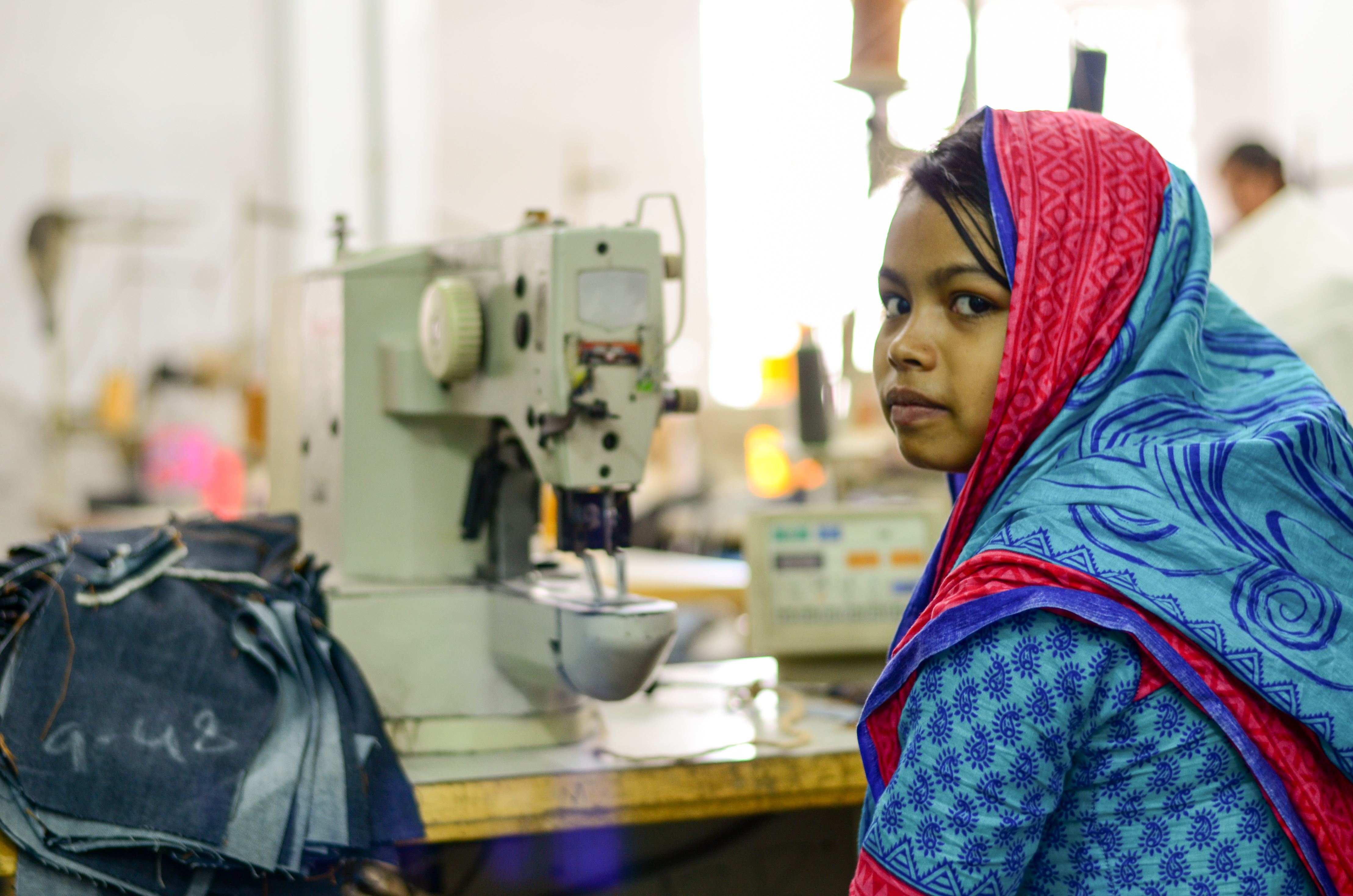Children are being harmed
Child labour is dangerous, often exploitative work that exceeds reasonable hours and interferes with a child’s education. It deprives children of their childhood, their potential and their dignity.
The worst forms include slavery, trafficking, sexual exploitation and hazardous work that put children at risk of death, injury or disease.
World Vision places children in labour protection work: empowering children to know their rights, helping them and their families into better jobs, vocational training or education. We also work with parents and communities to see that children's futures are not stolen by labour exploitation.
Another important factor in child labour protection is advocacy - which is where your voice is particularly powerful. We demand that law enforcement and justice systems investigate and prosecute those who exploit children, and pressure and support private sector organizations to strengthen their supply chains to stop using child labour.






